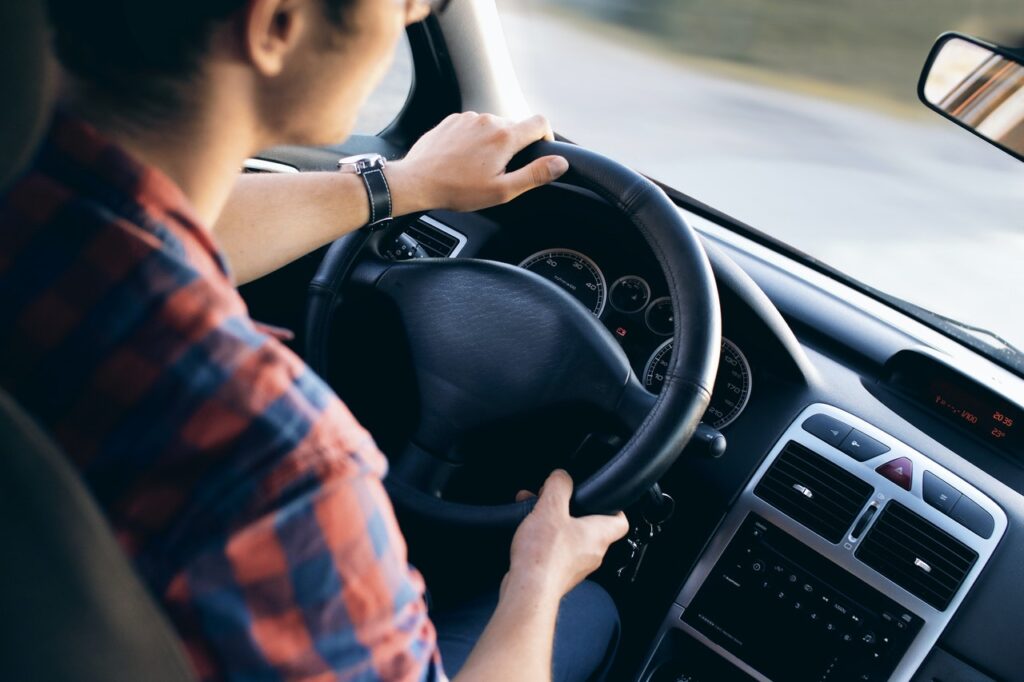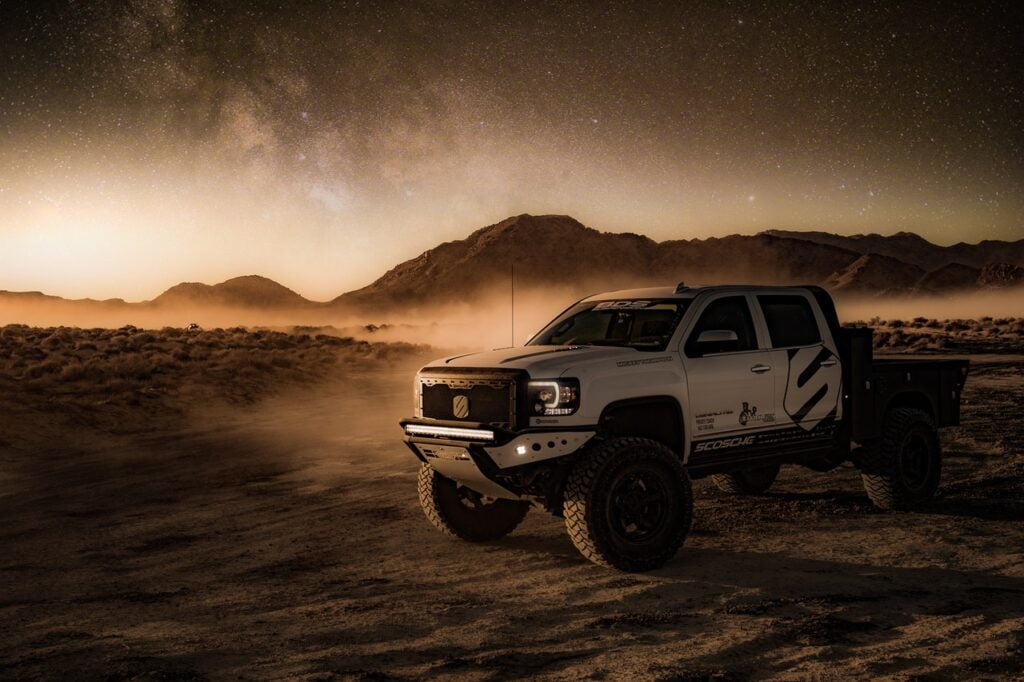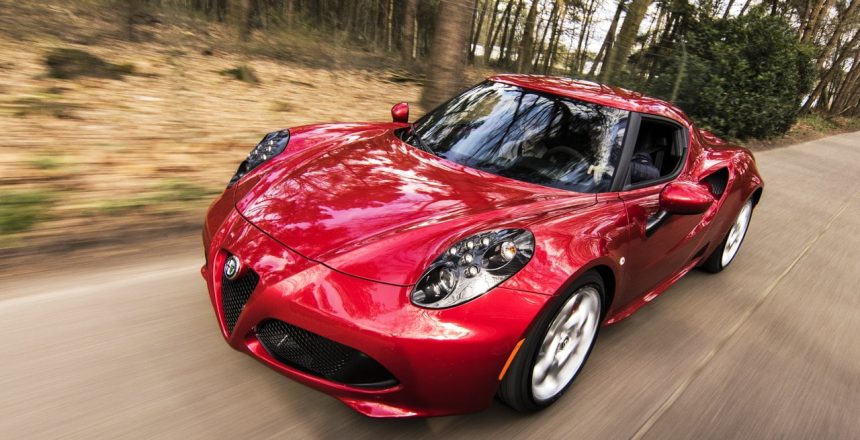The car market and the car accessories world are always changing and shifting. The car industry is trend-heavy, and each year turns up new trends that you might never have expected. There is always something new going on in the automotive industry!
If you want to stay abreast of the changing times, there are some trends that seem to be universal across the US this year. The pandemic and some of the events of 2020 have changed the landscape for car manufacturers. In addition, there are new trends that have come to the forefront of the auto industry.
If you are ready to learn more about the most popular car trends from coast to coast, read on!
Auto Industry Predictions After 2020 Are Being Made From Scratch
2020 was a fairly stagnant year in the automotive industry as people stayed home, travel slowed to a standstill, and no one was willing to invest in new cars or new trendy car accessories with so much uncertainty in the picture.
Now that things are starting to return to normal, the trends that have emerged are new. Also, these trends are not totally as predicted prior to the slowdown of 2020. Car manufacturers are having to scramble a bit to keep up with the changes that are making themselves known as new trends evolve and become clear.
All the predictions that are made this year about automotive trends are based on a few short months of activity. This means that things are evolving quite quickly. Also, manufacturers, as well as consumers, need to be flexible to keep up with the trends.
Car Buyer Demographics Are Changing
One of the biggest influences over the car market at this time and the trends that it is displaying, is the reality that the average car buyer is changing. It is no longer as easy to categorize car buyers as it once was. Also, car sales are increasingly linked to personalized beliefs and value judgments as well as actual needs.
Consumers are increasingly motivated by environmental consciousness and sustainability as well as practicality and long-term car ownership. The days of trading in cars every few years to get access to new features and styling is shifting toward a more pragmatic car ownership reality where cars will belong to buyers for at least five years in most cases.
This means that car enthusiasts are on the decline and lovers of technology are on the uptick as cars and tech become inextricably linked in ways that they never have been before. You might feel like your car is nothing without its new technological features and the apps that power them. This feeling is universal as more and more car buyers are inclined to value the usefulness of the technology included in their car over the exterior appearance or the performance that it boasts.
The Most Popular Car Trends From Coast to Coast

Car trends are fairly uniform across the US at this time, which is a rare shift. There has never been a time when the American experience has been more universal from state to state. This is largely due to the pressures of the pandemic.
1. Computing Power is a Key Trend for Car Makers
Cars used to be bought and sold largely based on reliability or horsepower. These two key features drove different portions of the market and helped manufacturers to market cars to the family market or to the performance market without much crossover in between the two categories.
This trend actually was given life by the innovation of companies like Tesla before the pandemic. However, the rise of the car that is more like a computer on wheels is very present this year. People want their cars to be an extension of the smart technology that they use in their homes and can access through their phones and other devices.
Cars without all of the technology bells and whistles seem hopelessly outdated these days and many buyers will not even consider looking at a car that does not have a touchscreen with integration for Android or Apple phones.
If you try to shop for a car that does not offer a lot of high-tech comforts and commodities these days, you will often come up short. This is a pervasive trend that is going to influence the new normal in the years to come.
2. Marketing to Gen Z Car Buyers
Gen Z is just coming of age to buy cars, and they are children of the technology age. They will not be accessible through the old advertising mediums which means that social media and other networking sites will become an increasingly necessary part of car marketing campaigns.
As an older person, expect to see car commercials, not on television or the sidebars of your internet pages. You will see these ads on Facebook, Netflix, and maybe even the lock screen of your Kindle. There is going to have to be a shift in the way that cars are marketed. Also, there’s also going to be a shift in the outreach that is done to connect with younger buyers.
As an interesting change in trends, marketing to younger buyers is more about convenience and reliability than in previous decades. Young buyers want practical cars. They are far less impressed with horsepower and looks and styling than young people of previous generations. Marketing to Gen Z will be focused on reliability, sustainability, and consciousness about the environment.

3. Redefined Luxury
Luxury in the car market has always been about comfortable seats, superior suspension, and quality materials throughout the car. Hand-stitched seats, custom color options, and many other features were common for this sense of luxury based on construction.
Now, however, cars are not being used for daily commuting nearly as much, and people are not traveling nearly as far from home when they do go on trips. For the foreseeable future, the definition of luxury will be more about practical function and technological options than about colors, materials, and sports packages.
Luxury will become a totally different category over the next ten years. Therefore, car manufacturers are expected to shift their luxury package offerings toward options that offer technological benefits. These options should also include great gas mileage instead of buffalo hide seats and unique paint schemes.
4. The Popularity of Cars and Their Integration With Home Tech
There had already been movement in this trendy area before the pandemic, but now that things are returning to some form of normal, there is increased pressure to make new cars be able to connect with people’s homes to provide support for temperature regulation, door locks, and alarms while driving.
Car owners want to be able to turn on the heat in their home through their car’s interface or be able to check on the notification of activity outside their front door from their smart doorbell. There are so many smart home systems that can be connected to phones, tablets, and computers these days, so why not cars?
Car owners will be pleased to find that 5G technology is going to make it possible to connect to their smart thermostat, their Alexa, or any other smart device in their home while they are driving.

5. Practical Colors and Styling
As part of the shift toward the benefits of a technologically robust interior, new cars are being made with increasingly pared-down options for colors, trim packages, and other custom features. People are less and less concerned with the external appearance of their cars as cars become less of a status symbol and more of a practical asset like a tablet or a smartphone.
Expect to see new cars sold with basic colors and no higher-level trim packages that include plastic door trim or other features that affect looks without changing the function of the car. Especially with the need to market to Gen Z, car manufacturers are going to need to focus on the performance of the interior of the car and not the external appearance packages that are on offer.
6. Return of the Hatchback as Car Trends Shift
The hatchback has never been very popular with younger buyers who were traditionally more invested in purchasing from the SUV market. This trend is shifting as people are commuting less and kids are not heading to school every day. Moms and young people don’t need to have a huge car to carry an entire sports team plus backpacks and bags, and the hatchback makes a great adjustment for these buyers between a huge SUV and a sedan.
The hatchback is the perfect compromise between a sedan that is too small to carry all the people and all the things that large groups or large families might dictate and a gas-guzzling SUV that gets terrible mileage but is comfortable for the whole crew.
Hatchback options are becoming more common for many makers as well, meaning that they have improved in overall styling and design. Most car buyers will see the innate value of bigger trunk space and a larger back seat without the loss of good gas mileage and the practicality of a smaller car.
7. Self-Driving Vehicles
Tesla was the only manufacturer working on this idea for the past few years, but other manufacturers are joining in these days. Young buyers are not that motivated by the connection with the road or the driving experience that other generations were and they want the convenience of a car that will help them to be a safer driver.
Assisted cruise control, lane changing, and other self-driving features are going to become standard car features over the coming years. Younger drivers are not interested in leaving things up to chance. They also recognize the benefits of cars that can help them to make good decisions and cover their blind spots.
As car safety features have been bulked up to prevent fatal injury in car accidents, visibility has suffered, especially in sedans. This means that many buyers do not feel comfortable driving any car that does not help them to cover their potential blind spots. Self-driving vehicles are coming, like it or not.

8. The Growing Popularity of Trucks
Despite the many people who are looking at more fuel-efficient cars this year, trends for truck purchases are increasing. Truck demand has been so high that manufacturers cannot keep up with the requests to buy them.
Some of this might be due to the recent improvements in truck options that have made them some of the most comfortable and enjoyable vehicles on the road, but the actual drive behind a portion of these sales is not well-defined at this point.
Perhaps with people working from home more, commute time is reduced. Likewise, people who always wanted a truck are finally buying one. Manufacturers are struggling to keep up with the demand for trucks. Additionally, the used truck market is quite hot at the moment. If you have a used truck you would like to sell, you will get many thousands more for it right now than you will next year.
9. Seat Heaters and Seat AC Will be a Must
Like other practical technological additions to cars, buyers are increasingly focused on comfort features like heated and cooled seats. This can make a big difference in your comfort if you live in places that get snow or extreme heat. Also, many people are less and less willing to be uncomfortable in their car when the weather outside is not so ideal.
Along with these is a renewed focus on heated steering wheels and also remote start. There is nothing that is more helpful to people who live in snowy environments, than being able to start their car from the comfort of their living room so that it can warm up and defrost for safe driving.
While these are not new features, they are becoming increasingly high on the list of demands for many buyers. These features used to be very expensive. However, the cost has come way down, making them accessible for the average buyer for the first time.
10. Navigation
Navigation used to be the height of fancy luxury additions to any car’s features. However, with the development of Android and Apple app interfaces with cars. Therefore, navigation is no longer an item that people are willing to scrimp on. Trying to sell cars without a large screen that displays a phone’s navigation will be tough in few years time.
Few things are more dangerous than trying to follow the navigation on a phone screen while you are driving, and navigation integration is going to become a standard feature of all new cars in the next couple of years. It is hard to even imagine the world before we could navigate easily to anyplace that we wanted to go. Therefore, having a standard option for navigation in cars seems long overdue.

11. HUD Technology Becoming More Popular in the Auto Industry
This used to be an accessory or upgrade that was largely associated with sports cars in the luxury market. Also, this was not thought of as a necessary part of a daily driver’s experience. There has been a shift in this trend, and more and more manufacturers are working on including HUD or heads up technology, in their basic car packages.
There are indications that HUD technology is very helpful for overall driving safety. It allows drivers to keep their eyes on the road when they are checking their speed and other key driving factors. HUD tech is not nearly as expensive as it used to be and there are increasingly available methods to make it easy to add to cars with regular windshield glass.
12. Leather Seats
People are less and less willing to tolerate fabric seats in their cars. Leather is much easier to clean and lasts longer. Also, people are increasingly focused on the durability of all of the items in their cars. Leather seats are not as expensive to manufacture as they used to be. Furthermore, carmakers have become more willing to make basic cars come standard with leather seats.
Leather interior for many car buyers is not associated with hand-stitching or premier leather materials. It is instead a sign of practicality and durability that will make their car’s interior wear better over time with less upkeep.
13. Subscription Car Services, a Growing Trend
This is more popular in Europe at this time. However, there has been a lot of talk about the shift of this concept to the US. This kind of development will allow subscription buyers to have access to cars as they need them per reservation.
This is a natural response to the success of subscription models for bikes and other kinds of transportation vehicles in the US, and it may well serve a segment of the population who cannot afford to buy a car and fully care for it all year long.
These services will probably replace car fleets like Hertz, which are already struggling in the post-Covid world. Car rentals may be on the way out as they are replaced by this subscription service model. It seems like the accessibility of Uber and other kinds of easy ride-sharing should have predicted this new development. However, many car companies were a bit shocked by the popularity of this new idea.
Fleet owners as well as the used car market will be experiencing big changes as the subscription car model takes off and starts to find its own footing in the larger car industry.

14. Marketing to Age and Interests
Car advertising used to be targeted at demographics like family, college students, and older drivers for the most part. As trends shift and car ownership needs are changing, the marketing portion of car sales has to shift as well.
Marketing to car buyers will be more about the kind of work people do. Furthermore, it’s also about the age of the buyer and their connection with environmental and sustainability projects. Therefore, the system of selling cars will shift toward offering vehicles that fit with belief systems rather than life phases. These kinds of categories are fluid, which will mean that car sales and marketing will be more challenging than ever.
Trying to figure out which cars speak to which kinds of drivers will take some time in this new world. Also, buyers can expect some generic advertising that’s not as descriptive. This is until these new marketing plans start to be built and designed.
15. Auto Transport
Buyers are able to shop online in increasing numbers. Additionally, the online car sales process has never been more streamlined and simpler to access. This means that many buyers are going to select and purchase cars that are not in their local area. They will also need to have them shipped to their location.
Car shipping companies can expect to be busier than ever. This is because they’ll be meeting the demand of these buyers and their needs. For generations, people would not risk buying a car that they did not see in person first. However, younger buyers are not scared of online purchases. This is because they feel just as comfortable buying their cars online as they do buying their home essentials.
Popular Auto Trends Have Never Been More in Flux

There has never been a time that has been characterized by more upheaval in the standard ways that the auto manufacturing world has done business and sold cars. Demographic and social shifts along with drastic changes to work/life balance have caused a corresponding change in automotive sales and ownership trends.
The future of car trends is likely to shift even more in favor of increased technological options. Cars are becoming less optimized for driving and more optimized toward the intersection with apps and smart devices. The connection between technology companies and auto companies is only going to grow stronger as we move into the future.
Keeping up with trends can be a lot of work when you are trying to pay attention to auto trends. Nonetheless, be rest assured that all these trends are not going to be going anywhere in the years to come.






